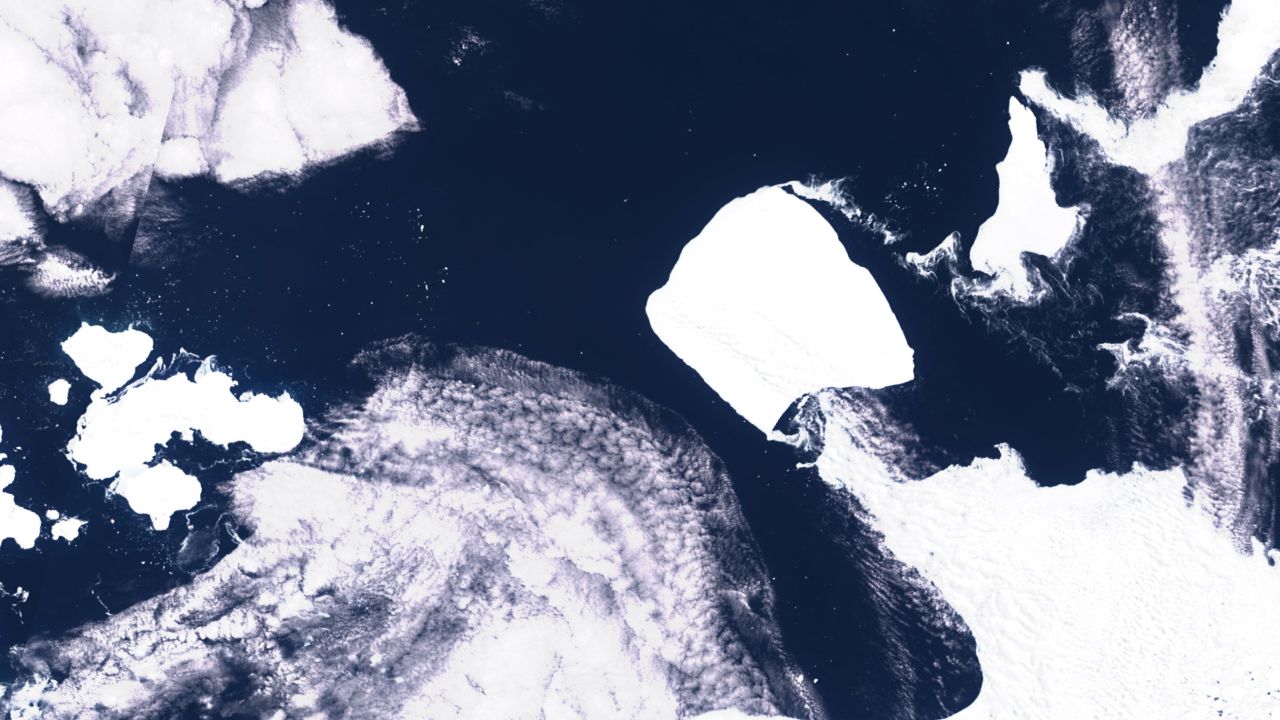The world’s biggest iceberg – more than twice the size of Britain’s capital city - is on the move after decades of being grounded on the seafloor in Antarctica.
The huge mass of ice broke away from the Filchner-Ronne ice shelf in 1986, calved and grounded on the Antarctic’s Weddell Sea floor almost immediately.
The iceberg, named A23a, is about 400 meters (1,312 feet) thick, and almost 4,000 square kilometers (1,544 square miles) in area. Greater London, by way of comparison, is 1,572 square kilometers (607 square miles).
But now, nearly three decades later, the iceberg has probably shrunk enough in size to lose its grip on the seafloor as part of the natural growth cycle of the ice shelf, and has started moving, scientists Ella Gilbert and Oliver Marsh from the British Antarctic Survey told CNN.
A23a has held the “largest current iceberg” title several times since the 1980s, occasionally being surpassed by larger but shorter-lived icebergs, including A68 in 2017 and A76 in 2021, they added.
The iceberg, carried by ocean currents, will likely head eastward, and at its current rate is traveling five kilometers (three miles) a day.
Gilbert and Marsh added that while this particular iceberg probably broke away as part of the natural growth cycle of the ice shelf, climate change is driving changes in Antarctica’s ice and the continent is losing enormous quantities of ice every year.

